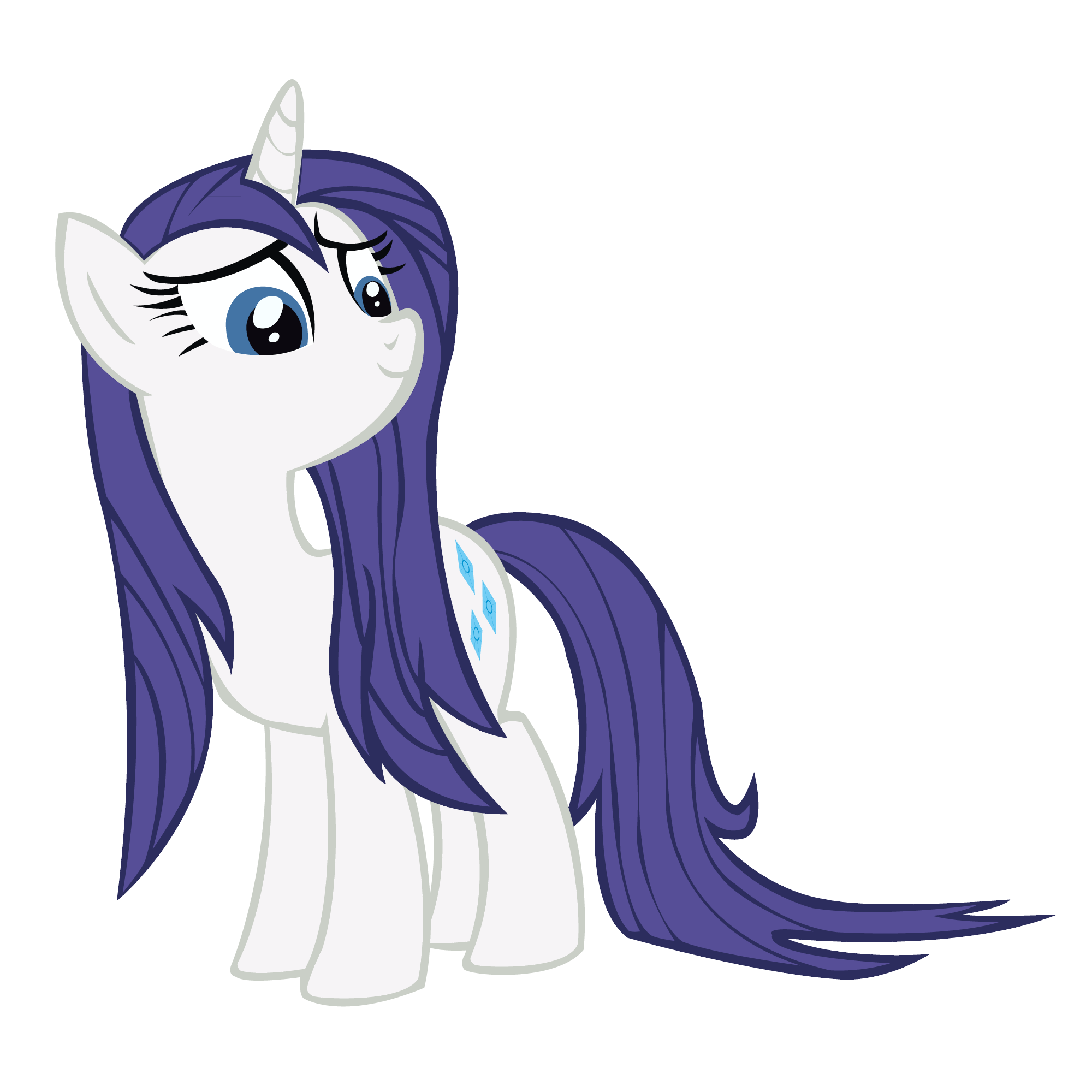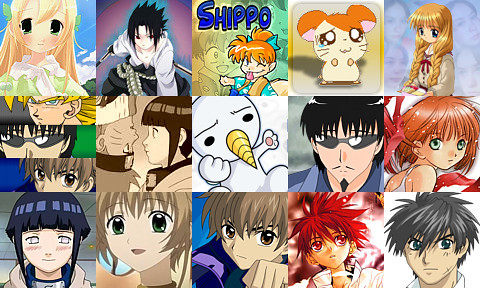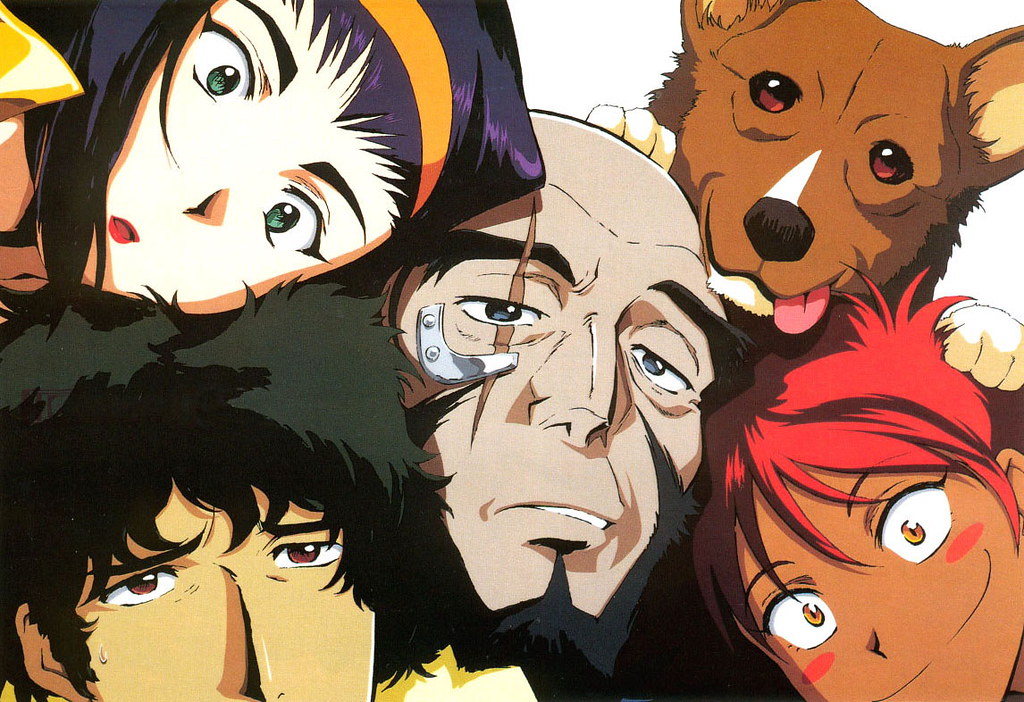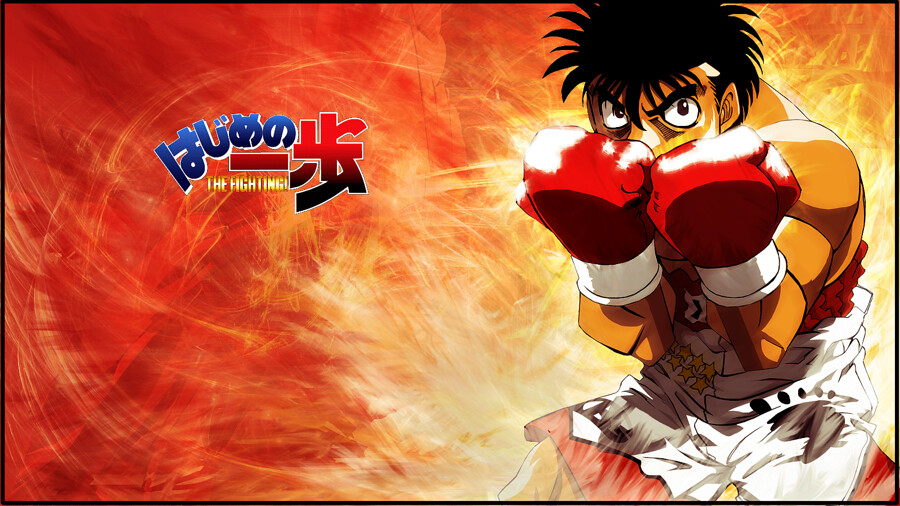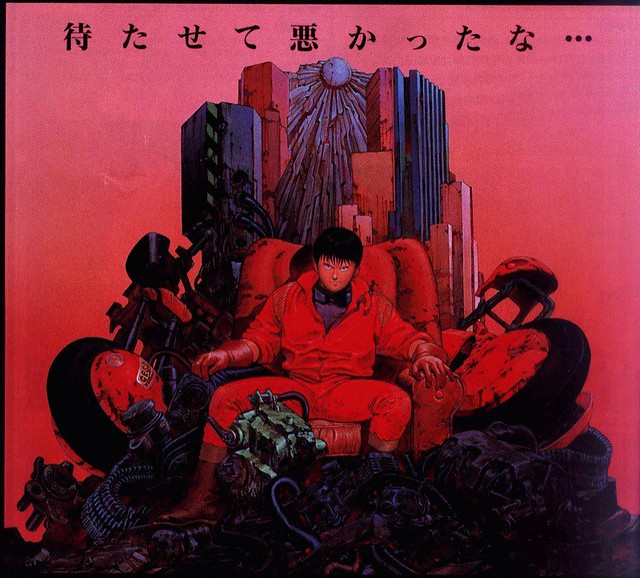Ah, the bizarre, turbulent paths serendipity
can take us down when on the wings of an internet Wiki walk. One
minute, I’m searching up YouTube videos in my downtime between writings; next
thing I know, I’ve spent a near full day reading through the strange, dark,
tragic world of fanfic writer BronyWriter’s Killer
Rarityverse. This nasty
little string of bloody pearls latches around one thought: What if Rarity,
the resident fashionista and gem hound of Hasbro’s demographic-smashing hit My
Little Pony: Friendship is Magic, had a secret life as a conflicted serial
killer?
If “My
Little Dexter” sounds to you like the kind of gross, unappetizing blend your
5-year-old would cook up during one of her “experiments” in the kitchen, well,
you’re not alone. I never fell into the MLP bandwagon despite my stated love for all things animated, my familiarity with it bound to a couple of
episodes and its presence in every dark crevice of the internet for nearly
a decade. Also, though a connoisseur of the dark and serious
(“bittersweet” is basically my “happy ending”) I’ve never found “grimdark” to
be up my alley. It comes not so much as an
offense to my sensibilities as an offense to good writing and storycrafting;
like all too many Western horror flicks, the writers get more wrapped up with
blood and the myriad carved configurations one can make out of someone’s
intestines than with creating meaningful violence in service to their flimsy excuse plots. And this goes double when the
grimdark eyesore trails from the keyboard of an amateur fanfic writer.
But The Killer Rarityverse, ahem, “bucks”
the trend. Though filled with its fair share of blood and intestines, the
stories shine a bigger light on the psychological turmoil of its characters and
the fallout of what happens when one commits such an unspeakable sin. Combine that with BronyWriter’s adept penmanship, and this
series morphs from just another polished, grimdark turd into a rare obsidian
gen - one whose luster lingered with me far longer than I expected.
Which brings us to this article. I wouldn’t call
it a “review,” per say; I don’t believe I should apply that to hardworking fan
creators who publish works for free at the cost of their personal time, unless
one specifically asks me to. So I’ll dole out no ratings from up high, instead
just a brief description of the stories, my impressions and their impact
during my reading, and if and where they fell a little short of my expectations
- a “critique plus,” if you will.
I focus
on five stories from the ‘verse, starting with the canon trilogy: The
Secret Life of Rarity, the original story
where Rarity makes one bad decision as a child (foal? Filly?) which forever
alters her life and those of everyone connected to her; The
Public Life of Sweetie Belle,
which follows Rarity’s titular little sister over the course of two decades as
she deals with the dregs of her sister’s madness; and lastly, Broken
Blossom, the tragic tale of
Sweetie Belle’s daughter Joyous Blossom as she comes of age amidst the dark shade
of her aunt’s infamy, her mother’s many sorrows, and her own growing darkness.
In addition, BronyWriter made two alternate universe fics I’ll cover here
as well: The Word
is Fear, a branch to the end of
Broken Blossom in which a single act of mercy spirals into a horrible tragedy;
and A Shadow
Hangs Overhead, where we warp way back
to the beginning and ask the series’ ultimate “what if?” - how would
events have changed if Rarity was caught soon after her first murder?
BronyWriter penned other stories connected to the KR-verse, though in my
opinion they lack the narrative clout to be included at this time.
Several stories made by other writers also exist that take place in the ‘verse
and have earned his seal of approval, but I wanted to keep focus on
BronyWriter’s own works, and in either case, I have not read them (the sole
exception being a nice little number called The Penance of Rarity by
King of Thieves, which not only had BronyWriter backing it as an editor, but
also provided a nice epilogue of sorts to the main trilogy. Give it a
shot if, like me, you’re a sucker for redemption stories, even if it’s a bit
heavy-handed.)
A few
disclaimers, though; there will be blood, and lots of it. This applies
especially to The Secret Life, but none of the stories skimp on the
violence when called for. Remember: My Little Pony meets Dexter,
and if you find anything in the latter show objectionable or rage-inducing, you
might want to steer clear of this, particularly the first story. Also,
the Rarityverse is dark, darker than most any work I’ve encountered with
far greater violence, and even the most optimistic and least brutal of the lot
will frequently leave you sad and tense in anticipation of an upcoming tragedy. So tread lightly if you get easily depressed. I will
try to avoid spoilers for the curious as best I can, but that may prove
difficult, if not impossible. BronyWriter welds the narratives
between his texts into a tight coil, with most stories beginning exactly where
the last one left off. This also makes reading them in order a must,
though how I listed them here can offer a guide: the canon trilogy first, of
course, followed by The Word as an alternate take on its conclusion, and
finally A Shadow for the ultimate twist of fate. So without
further ado, let’s get started.
The Secret Life of Rarity
Young
Rarity, an 8-year-old foal, had just started a new school. That would be scary enough, but soon, a trio of bullies personally choose her as
their collective stress ball. After several weeks of unwarranted abuse, she
finally got them suspended...only to confront them later in her special place
of solitude where she flees to find some peace. Faced with their harassment and a potential
beating, something inside the young child besides fear made her snap - and that
day, only she left the forest alive. So begins her long, dark trek
down the path of a serial killer, her indulgence in her dark desires marching
in step with her innocent adventures with her castmates, as the walls of her
sanity and her divided worlds begin to crumble.
The Secret Life hits the ground running, bringing to bear BronyWriter’s strengths
of characterization and a keen instinct for tension. The first seven or
so chapters were a bit of a slog, to be honest, if only that they served mainly
to introduce the premise and be a funhouse mirror to events which occurred
during the show; how would Gilda the Griffin, The Great and Powerful Trixie,
and other one-of antagonists survive the wrath of a homicidal Rarity for their
hurtful but relatively innocuous offenses? (Spoiler alert: They don’t). It’s
only as one and eventually more people she cares for uncover her secrets that
the plot really launches, and BronyWriter shows his mettle. Even if he
did use Dexter as a close guide (and honestly, there’s no proof, and
enough differences not to warrant the charge) the conflicts he
spins bow solely to his own skill, and he strings together Rarity’s mental
destruction with expert analysis of her character and motives while avoiding
either explaining too much, or falling back on melodrama or deus ex machina.
I can forgive some of the slip-ups in his writing at the
beginning - or Rarity’s put-upon tendency to talk to herself - as they did little to take from a tense,
emotional saga. Still, I feel like I had encountered this story many times before - maybe because I have. If I could put a finger on one flaw for this Dexter-meets-MLP,
it’s...well, that it’s Dexter-meets-MLP. Though blessed
with BronyWriter’s own signature style, The Secret Life retreads
territory Dexter and similar shows have covered before, and better (I’m not knocking BronyWriter in any way - just pointing out that he’s
one fan creator vs. a team of experienced professional screenwriters).
Also, I think this tale requires the greatest familiarity with the
show, since most of its edge and nearly all of its black humor stem from the
blacklight it casts on known events from the series, which may
leave non-fans drawn to the story’s intricacies (like me) a bit in the dark. Still, this roller-coaster rocked me to the core, and reached a poignant and satisfying conclusion.
The Public Life of Sweetie Belle
Sweetie Belle, Rarity’s 8-year-old sister, is left to wander the remainder of
her childhood and the rest of her life in her sister’s murderous shadow.
As friends turn their backs on her and Rarity’s own circle collapses
under the weight of her atrocities, Sweetie Belle feels put on the spotlight,
dealing with a hostile town still grieving Rarity’s senseless butchery. As the years pass, Sweetie Belle endures this trial as best she can, but an
altercation with an irate, drunken stallion lands her in therapy, where secrets
long suppressed may blow her world wide open.
The Public Life is unquestionably my favorite story in the main trilogy and of
the ‘verse as a whole. Sweetie Belle is a much more sympathetic character
than her sister, and while much of The Secret Life consists of the dark
romps of its villain protagonist in parallel to the show’s run, The Public
Life features a original setting for BronyWriter to play
with. And he doesn’t disappoint; while most fanfic writers fall short
when forced to deviate from the source for an extended time, BronyWriter rises
magnificently to the challenge, and delivers a well-paced, engrossing narrative
without its predecessor’s reliance on gory suspense. But what really
made this story for me was how it dealt with the fallout of Rarity’s acts - not
just among her victims, but also her family and friends. Both Sweetie Belle and the other main
characters are left with the difficult question shouldered by many surviving loved ones of some of history’s great monsters: how do you reconcile
memories of someone you’ve come to cherish with the fact that they'd committed
horrible atrocities? This burden falls on all the characters and in
different ways, but it strikes Sweetie Belle the hardest since “loving sister”
and “murderous monster” coexist uneasily in her mind for many years before
she learns to accept the paradox and let it go. BronyWriter doesn’t offer easy answers to
difficult questions, and he trusts his readers to accept that as well. I honestly wasn’t as fond of the ending, from
the introduction of Joyous Blossom to the story’s conclusion. It all
smacked a bit of an extended diabolus ex machina rather than a natural
narrative outgrowth, but I appreciated BronyWriter’s tact with handling it all
the same.
Broken Blossom
Joyous Blossom, Sweetie Belle’s young daughter, gets put
into the custody of the princess/goddess sisters, Celestia and
Luna, following the tragic events of the last volume which separated her from
her mother. Feeling alone and trapped while a vengeful parent cries out for her blood, the child already has a dark secret of her own hovering over
her head, and as her life slips out of control, Blossom confronts one terrifying
question: just how deeply does the legacy of her murderous aunt run?
Broken Blossom rounds out the canon trilogy, though I can’t say to my full
satisfaction. The writing quality stayed strong, of course;
BronyWriter has a knack for conveying even plotlines I care little for with clarity and emotional impact. The grief of Diamond Tiara
and Silver Spoon - minor antagonists to Sweetie Belle and her friends in the
show, which gets carried over to this series and through adulthood - follows
the tragic deaths of their children in the previous volume, and it strikes with a visceral
fury, providing most of the emotional torque for the early parts. The main problem for me lies with Blossom herself; I couldn't form a connection with the character, either from The Public
Life, or here. And you can’t just chalk it up to a case of “Fanfic
Other Character Syndrome” with me; I’m not a fan of the show, so Rarity is only
somewhat known to me, while Sweetie Belle might as well be a blank - and
I imagine neither character remains close to their series counterparts. Blossom felt too far removed from the source
of everyone’s misery, even if she also fell victim to it, and though I
enjoyed the arc where she reconnects with a long lost relative, it felt too fleeting. Afterwards, the story played up the “in the blood” trope I
tend to find so unpleasant, seeing Blossom hallucinate her aunt, who pushes her
to kill. It smacked of a narrative trick
just to extend her suffering, though to be fair, I can’t say he wrote it
poorly. In all, it’s not a bad story by any stretch,
and even if the esoteric happy ending left me a little unsatisfied, I still enjoyed
the end of the ride.
The Word is Fear
The series’ first
alternate universe, it forks from the main storyline close to the end of Broken
Blossom, after the young mare’s past crimes and present deterioration have
been exposed. Her family convinces her to give life a second chance, and
with Celestia’s approval, she enters an extensive therapy program designed to
quiet her troubled mind. However, as the system fails her and Rarity’s
hallucinations turn more frequent and insistent, Blossom fears sliding into the
same shade of monstrosity as her aunt and dragging the rest of Equestria into
her own personal hell.
So one word can describe this story: tense.
The Word is Fear keeps you on a live wire through the entire read,
unsure of how this tragedy will turn out in the end, and keeps you more nervous than even anything from The Secret Life. I appreciate how
BronyWriter cuts Blossom’s madness from a different cloth than her aunt's, which went a long way towards making her a more interesting and
pitiable character in my eyes, even if I tend to find her particular flavor of
crazy undesirable in most works. The story takes a step
back from the centerpiece of character psychology and examines how Blossom’s
actions impact the wider world and whips everyone affected into a
heightened state of agitation. That
said, though I liked this one somewhat better than Broken Blossom,
that’s not by much; it still carries some of the issues I had with that story,
and a few of the plot developments stretched beyond even my generous suspension
of disbelief. As heroes fail and become near villains themselves, it got hard to stay invested even
with my greater sympathy for Blossom. This
is the only story in the series that got me close to uttering those eight
deadly words (you know the ones) and I finished it more out of a sense of completion than
anything else, despite the tight writing and tension and more interesting ending than the previous story.
A Shadow Hangs Overhead
Our
last story breaks cleanly from the established canon, and dials
back all the way to the very beginning. Young Rarity’s actions on that fateful day
follow the same toxic course as in The Secret Life: a confrontation with
her tormentors in the woods, which leads to a tragic act of fatal violence. But
this time, one of them got away, which makes all the difference. As the
authorities swarm in and take stock of what happened, little Rarity is about to
head down another long, arduous path - very different from the one in the first
story, but fraught with its own terrors and landmines set to blow her fragile
recovery to pieces.
And now we come to my second (or third; I
waiver between this and the original) favorite story in the series. BronyWriter takes the premise from The Secret Life and cleverly
inverts it: instead of Rarity being a public face with a dark, murderous
secret, she now clutches for some level of normalcy in her private life, while the rest of the world sees her as a killer. Why this works, besides
BronyWriter’s skill, comes down to how he revisits difficult questions and
emotions - in this case, grief, repentance, and when and how to move on from a
terrible tragedy. One scene in
particular cements this little gem in my heart - not only because it represents
a wonderful piece of dialogue writing by any standard, but through the words of two of Rarity’s therapists, it makes explicit arguably the central question
in this whole series: what makes a killer? Are some people born wicked, or does
it merely take a little pressure, a big helping of fear, and one really bad
day to turn a face in the herd into a monster of God? As typical,
BronyWriter offers no easy answer to this, and we readers are left to decide on
our own. Unfortunately, it probably has my least favorite conclusion in
the series, largely the result of ending fatigue and a sense of rushing, but considering the wide gaps between the start and
finish of the story, it makes sense.
If this seems like an awful lot to write about for a
fanfiction in a fandom I don't follow, well, I’m just as surprised as you are. But we shouldn’t
dismiss a good story on account of any strange or unfamiliar form it takes. BronyWriter clearly stands out as a highly
capable author, even in the stories I felt less than fond of, and I view the day or two this occupied my thoughts as time very well spent. Coming from a non-fan with only a tangential understanding of the source
franchise, what better complement could I give?
